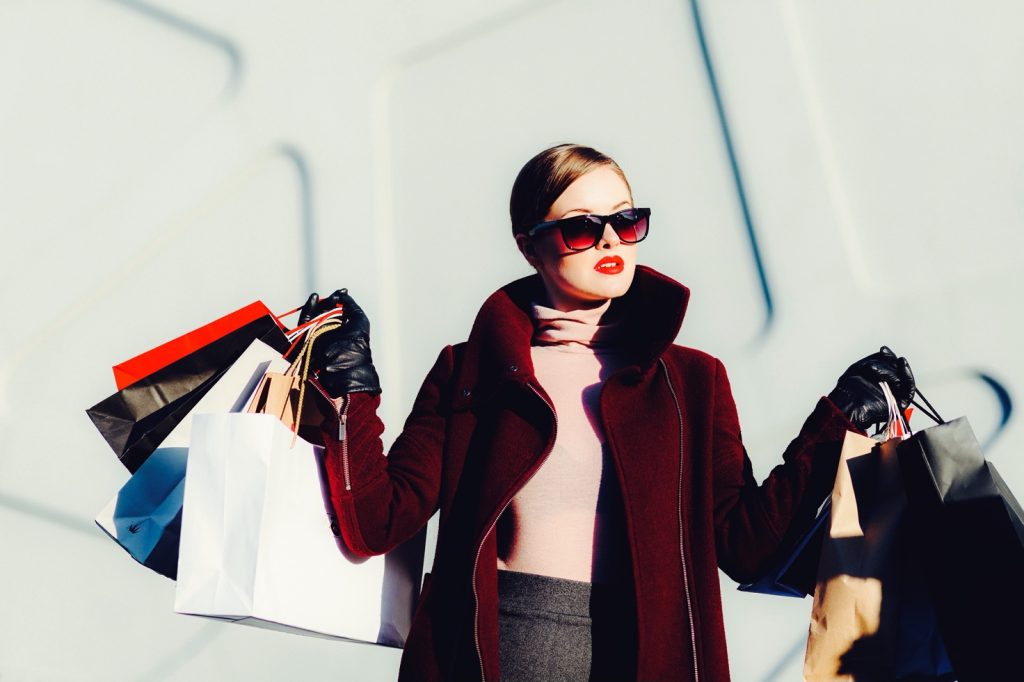
Luxury companies after the Covid-19 Emergency
After the turbulent time of lockdown, luxury goods companies are elaborating plans for the recovery of the sector.
Each company first thought during the pandemic has been, rationally, the safety of the employees, customers and partners. Some companies have addressed the health needs producing masks and hand sanitizers together with important monetary donations from the most influential luxury groups.
Still, the luxury employees who rely steadily on the factory productions or on artisans and craftsmanship work, struggled the most during the pandemic and now they are longing for a quick recovery plan able to ensure the survival of the business.
If the pandemic led the way for some revolutions, only time will say if the changes will be permanent.
Starting from the luxury companies in Europe, the situation is mostly made up of family owned business and the pandemic hasn’t been the only factor affecting their struggle (vertical integration, e-commerce growth etc.)
To continue their growth and to prosper, the companies are likely to apply redundant commercials and discount policies but they could result in a long term unsuccessful solution.
According to McKinsey, the luxury sector shows that 20 to 30% of the revenues are generated by consumers that are buying their products abroad; if we take a look on Chinese consumers, for example, it is easy to support this thesis by analyzing the number of departures in 2018. They actually account for more than 150 millions and these purchases could represent more than half China’s luxury total spending for this year.
Since Chinese market remains the greatest growth opportunity for the luxury sector, brands need urgently to find a different approach in order to attract, again, luxury consumers.
In order to re-start the luxury wheel, luxury brands needs to create a strategy on different levels: for the home based shops the focus could be engaging the customer into tailored experiences using the home country available resources, for the digital channel, on the other hand, the focus could be omnichannel offerings with a particular support of apps and social media.
As regarding the fashion weeks, essential for the bond between the brands and the consumers, they are going to support their “ordinary” activities with alternative ways on international level. We are clearly talking about the virtual fashion shows which seem a necessary way to present the new collections avoiding large gatherings.
Still, the brand response to future revenues post Covid-19 could be the sum of several factors: the brand health and stability before the lockdown, the performance of the operating model (including the supply chain, the channel distribution and the available technologies) and the possibility of a new pandemic relapse.
Even if many luxury companies have proved a strong but sensitive leadership during these months, the priority now is ensure both the consumers and the stakeholders about health and safety protocols. Together with these issues, to figure out the long term, short term actions need to be considered.
To deal with the problem of unsold inventory and without damaging the brand equity, inventory swaps could be seen as more favorable than aggressive discounts. An intelligent way to re-use the extras could be rewarding the loyalty of the customers with gifts across different categories.
Another crucial topic for the restart is the e-commerce channel.
Could it be the solution to balance the closure of the stores?
Surely, this is the time for expressing the digital potential not only via online sales but also in terms of community promotion and communication with the customer.
In the end, the luxury sector restarted its path by renovating its unique value proposition, as a constant, during several hard moments in the history; thanks to its creativity and enthusiasm it is able to create new competences and adjustments in different fields like marketing, merchandising and communication.
Fanny Trivigno

Sources:
https://www.mckinsey.com/featured-insights/coronavirus-leading-through-the-crisis
https://www.mckinsey.com/featured-insights/china/the-chinese-luxury-consumer

